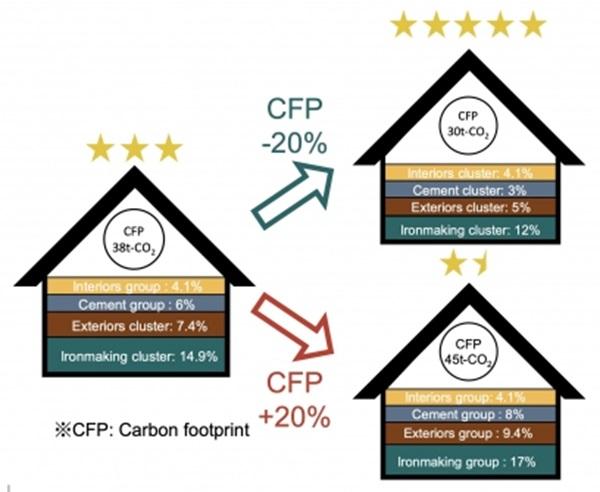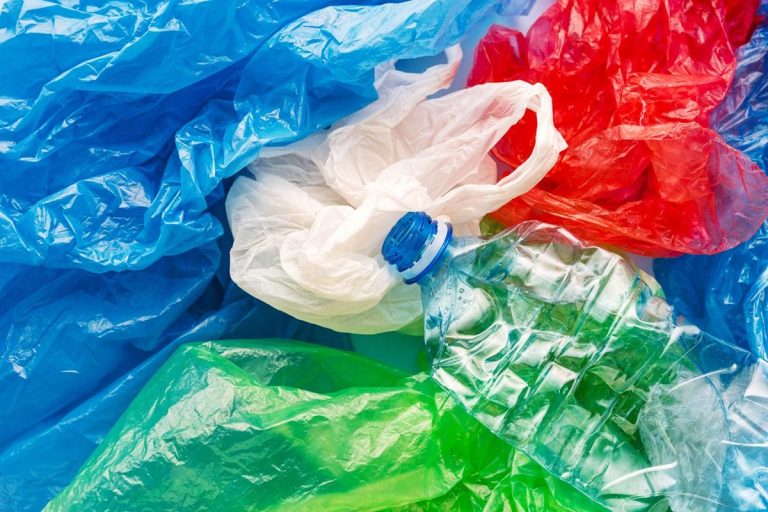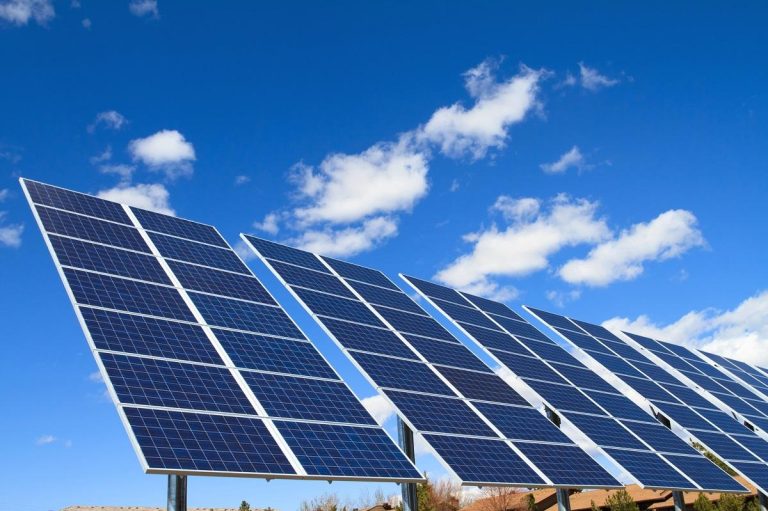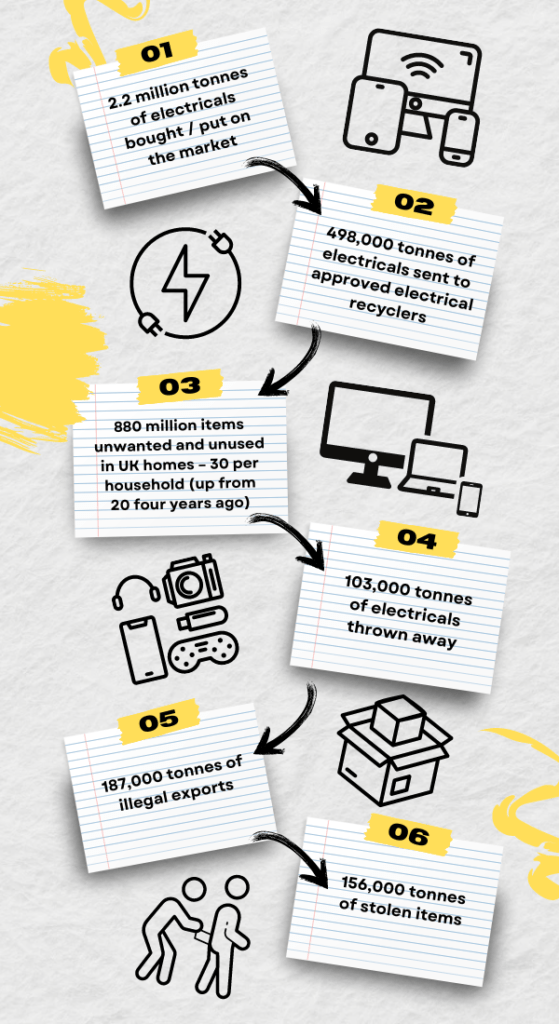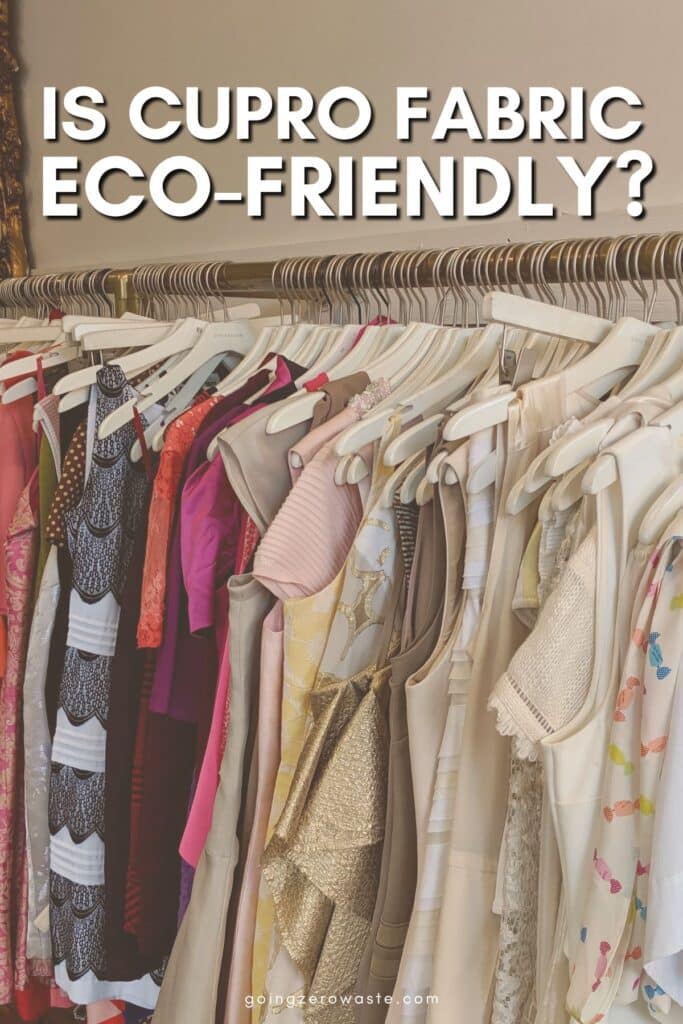Carbon Footprint of A House in Japan is 38 tons, a study finds.
As the world struggles more and more with climate issues, the carbon footprint of houses remains unnoticed. Japan is usually one of the most energy-efficient economies in the world. But as per a recent study, a wooden house in Japan emits 38 tons of CO2 during construction. In Fukuoka, Japan, researchers from Kyushu University recently conducted a comprehensive study. The focus was to find out the amount of CO2 emitted by building a house in Japan. The report provides a comprehensive analysis of the total emission from a production point of view. Carbon footprint assessments for building a single wooden house in Japan are measured in terms of 38 tons equivalent of CO2. It also includes emissions from material bituminization, transportation, building construction and other similar processes. Pic Credits: Kyushu University Highlights Constructing a standard wooden house as per Japan’s architectural conditions accounts for around 90% of housing stock. The…
Sustainability Influencers Engage Audiences About Saving the Planet
Social media has become an integral part of our daily lives. Most of us occasionally visit the platforms while others have just scrolled through the new feed, a few minutes ago. Despite the duration of our visit on social media we are attracted by the influencers and their creative content. And this is how ethical influencers engage audiences about saving the planet. Let’s find out how? How Ethical Influencers Engage Audiences About Saving the Planet These can be their videos where they are discussing their skin-care or beauty products, the latest place they visited to eat, their latest shopping haul, or various packages they received from different brands. Key takeaways Social media ranks as the top most influential source for educating people about sustainability. 75% (3 in 4) people like to take up planet-saving behaviors after watching similar social media content. 83% (8 in 10) people consider Instagram and TikTok…
3 Reasons to Try ESNTL LVG Sustainable Cleaning Products
Last Updated on May 17, 2024 Most conventional cleaning products trigger major migraines for me, and I don’t think I’m alone. Did you know there’s no federal law that requires companies to disclose the ingredients used in their cleaning products? This essentially means cleaning brands don’t have to have an ingredients label, which means there could be potential allergens inside the product and you wouldn’t even know. This post was sponsored by ESNTL LVG. All thoughts and opinions are my own; for more information see my disclosure policy. One ingredient conventional cleaning brands tend to use is artificial fragrance. According to EWG, “fragrance” or “parfum” on a product label represents an undisclosed mixture of various scent chemicals and ingredients used as fragrance dispersants such as diethyl phthalate. EWG further acknowledges fragrance mixes have been associated with allergies, dermatitis, respiratory distress and potential effects on the reproductive system. Additionally, most cleaning…
4 Ways I Need to Wake Up
Spring has been mostly gentle where I live in the south of Georgia. We’re in the season that would’ve been known as blackberry winter, so it’s cool. For days the skies have been cloudy, dropping intermittent rain. This gentleness is interrupted occasionally by ferocious thunderstorms. A line came through last Thursday. That morning my friend Susan Cerulean, a nature writer who lives in Tallahassee, lost most of the trees in her yard and part of her house to a tornado. That afternoon I was scheduled to do a reading/talk at the Ford Plantation, an hour from my home. Just as I arrived to the venue my brother called. He and my mother, who had been at a doctor’s appointment in Vidalia, Georgia, were sitting in their vehicle on a roadway. A tornado had blasted through town, damaging houses and tearing down trees and power lines. I had not realized the…
15 Best Zero Waste Fashion Brands
Currently, the fashion industry is producing about 100 billion garments annually, but nearly 92 million tons of them end up in landfills. The main cause of this staggering waste is the growing production of clothing in recent decades. To handle this issue, many fashion brands have started embracing sustainable fashion practices. In this guide, we will learn what zero-waste brands are and explore the best brands available in he market. What are Zero Waste Brands? These are fashion brands that are actually conscious of the textile waste they are creating and want to minimize it. They are trying to bring this change by modifying their manufacturing process and for this they use two primary methods- Firstly, they try incorporating special patterns to reduce textile waste. Secondly, they repurpose excess fabric for other items like making headbands or bags. Well, this gave you a clear understanding of such brands. Now, you…
20+ Innovative & Useful Everyday Products Made From Recycled Plastic
It’s no news to people that plastic pollution is increasing day by day and landfills are getting filled at an alarming rate. Plastic is a very durable material and does not decompose easily. So, it’s high time we should stop using single-use plastic and instead go for products made from recycled plastic. In this blog, we’ll walk you through a list of such innovative products. Everyday Products Made From Recycled Plastic As you all know it’s a durable material and through recycling, it can be used again and again. Firstly, this plastic waste is collected and then processed to be reused. This amazing step wards off the waste from entering our oceans and landfills. This also minimizes the demand for new plastic. Now, let’s start with the list below and prepare to be amazed by what all plastic can be recycled into- 1. Plastic Water Bottles PET is probably the…
Carbon Footprint of Solar Panel Manufacturing
Solar is an efficient means of reducing carbon emissions and fighting climate change. It comes in third by producing 4.5% of the world’s electricity, right after Hydro and Wind. However, there are discussions regarding its CO2 emissions in manufacturing. Join us as we uncover the reality behind the carbon footprint of solar panel manufacture and how it correlates with other energy sources. Carbon Footprint of Solar Panel Manufacturing PV panels have a nearly non-existent carbon footprint, around 40 grams per kWh of electrical energy produced. This only comes from the manufacturing process of making, installing, maintaining as well as disposal of the panels. The energy produced by PV panels is almost 100% clean and the emissions mentioned previously are countered by this clean energy in around 3 years. It has almost 12 times much less exhaust than gas and also 20 times much less than coal. Are Solar Panels Carbon…
UK Households Sitting on 880 Million Unused Electrical Items Worth £1 Billion
Talking about global warming the first thing that comes to our mind are cars and factories. But what if our unused kitchen or personal care appliances are also one of the polluting ones? This is what is happening as 880 million unused electrical items in UK households are sitting idle and causing global warming. Moreover, the value of these items is around £927 million. Little did they know that these electrical items are becoming the reason for carbon emission. Now, that is something confusing because if an object is just lying idle then how can it cause pollution? According to the report by Material Focus, Electrical Waste: Challenges and Opportunities, UK households are holding up to 880 million electrical items. Out of them, each household has around 30 unused electrical items. In the past 4 years, this ratio has almost increased from 20% to 50%. 880 Million Unused Electrical Items…
What Is Cupro Fabric? Is It Sustainable?
Last Updated on May 10, 2024 I do my best to cultivate a minimalist and sustainable wardrobe I can wear for a long time. Two ways I do this is by creating a capsule wardrobe and being mindful of the fabrics I choose to wear. I try to opt for natural fibers whenever I can. Synthetic materials shed microplastics over time, aren’t as durable, and can’t be composted at the end of their life. Plus, I don’t really like how synthetic materials feel on my skin. Synthetic and semi-synthetic materials are also often treated with harsh chemicals during the manufacturing process. One such material is cupro fabric. Have seen it before on your clothing tag? It’s not the most common fabric, but what exactly is cupro and is it eco-friendly? Cupro is a vegan alternative to silk. It’s a semi-synthetic fabric made from recycled cotton. But that doesn’t automatically make…
